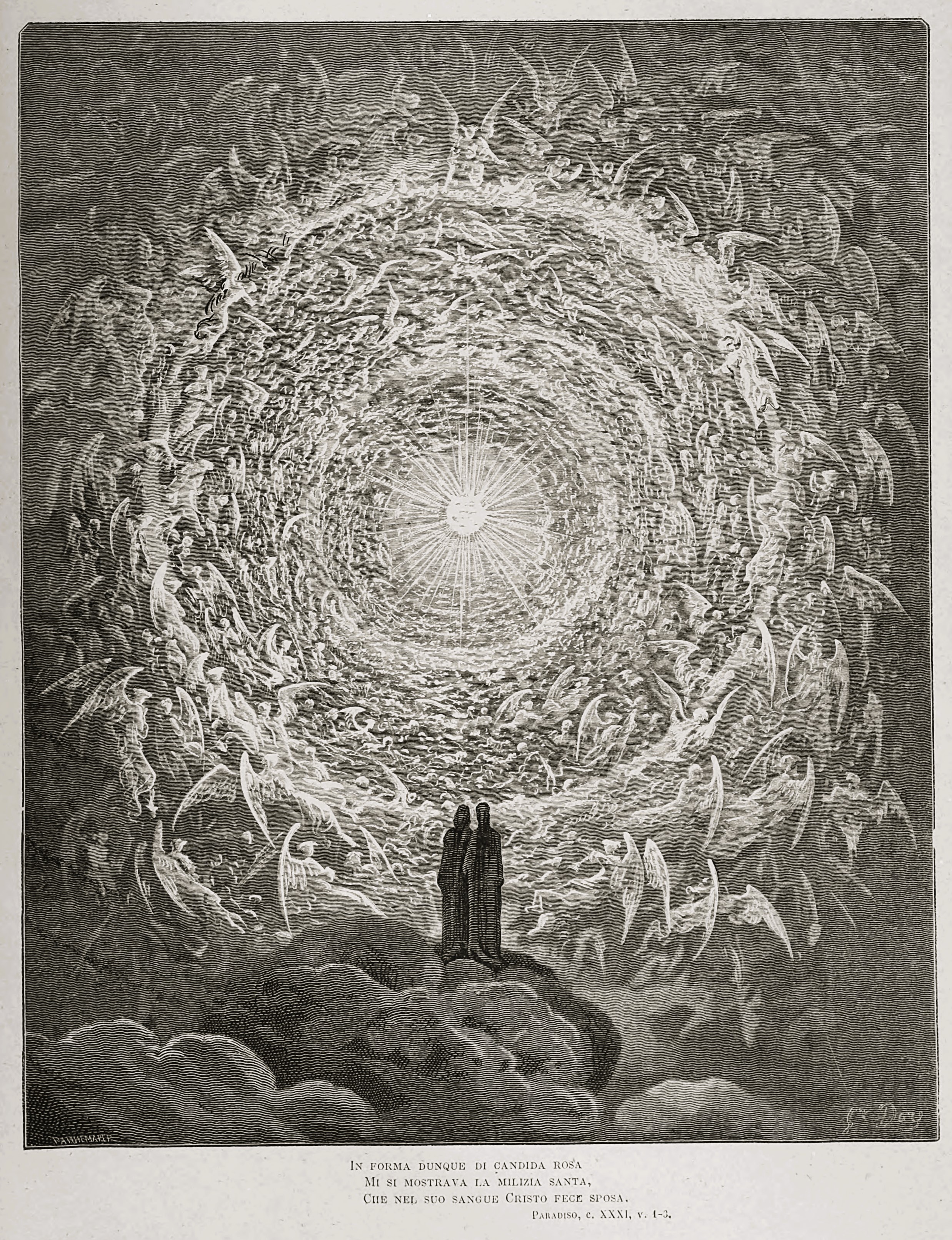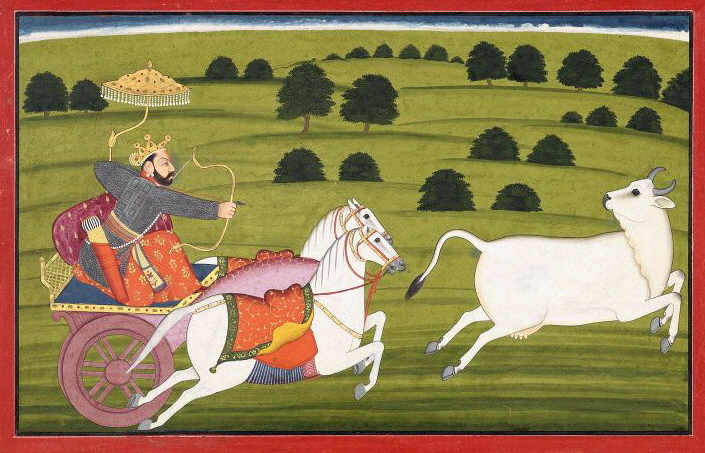|
Dyavaprthivi
''Dyavaprthivi'' is a compound word, referring to a dual devata, that is the merged personification of "heaven and earth". The term occurs 65 times in the Rig Veda. This pair devata has several connotation and meaning in their splinted being such as Dyaus, the Sky Father, and Prthivi, the Earth Mother. Etymology Dyavaprthivi is a Sanskrit dvandva, or compound word, meaning "heaven and earth Earth is the third planet from the Sun and the only astronomical object known to Planetary habitability, harbor life. This is enabled by Earth being an ocean world, the only one in the Solar System sustaining liquid surface water. Almost all ...". References Sanskrit words and phrases {{Hindu-myth-stub ... [...More Info...] [...Related Items...] OR: [Wikipedia] [Google] [Baidu] |
Compound Word
In linguistics, a compound is a lexeme (less precisely, a word or Sign language, sign) that consists of more than one Word stem, stem. Compounding, composition or nominal composition is the process of word formation that creates compound lexemes. Compounding occurs when two or more words or signs are joined to make a longer word or sign. Consequently, a compound is a unit composed of more than one stem, forming words or signs. If the joining of the words or signs is orthographically represented with a hyphen, the result is a hyphenated compound (e.g., ''must-have'', ''hunter-gatherer)''. If they are joined without an intervening space, it is a closed compound (e.g., ''footpath'', ''blackbird''). If they are joined with a space (e.g. ''school bus, high school, lowest common denominator''), then the result – at least in English – may be an open compound. The meaning of the compound may be similar to or different from the meaning of its components in isolation. The component stem ... [...More Info...] [...Related Items...] OR: [Wikipedia] [Google] [Baidu] |
Devata
''Devata'' (pl: ''devatas'', meaning 'the gods') are smaller and more focused Devas (Deities) in Indian religions, such as Hinduism and Buddhism. The term "devata" itself can also mean deva. They can be either male or female. Every human activity has its devata, its spiritual counterpart or aspect. Types There are many kinds of devatas: vanadevatas (forest spirits, perhaps descendants of early nature-spirit cults), gramadevata (village gods), devatas of river crossings, caves, mountains, and so on. For example, in the Konkan region of India, Hindu devatas are often divided into five categories: # Gramadevata, Grama devatas or village deities who could be the founder deity such as Punjabi folk religion#Jathera—ancestral shrines, Jathera or Balinese Hinduism#Rituals, ancestral worship of Bali, and examples include Santoshi, Renuka, Aiyanar # Sthana devatas or local deities, for example, those in certain places of pilgrimage like Rama in Nasik, Vithoba in Pandharpur, Krishn ... [...More Info...] [...Related Items...] OR: [Wikipedia] [Google] [Baidu] |
Heaven
Heaven, or the Heavens, is a common Religious cosmology, religious cosmological or supernatural place where beings such as deity, deities, angels, souls, saints, or Veneration of the dead, venerated ancestors are said to originate, be throne, enthroned, or reside. According to the beliefs of some religions, heavenly beings can descend to Earth or Incarnation, incarnate and earthly beings can ascend to Heaven in the afterlife or, in exceptional cases, enter Heaven Entering heaven alive, without dying. Heaven is often described as a "highest place", the Sacred, holiest place, a paradise, in contrast to Hell or the Underworld or the "low places" and History of Christian universalism, universally or conditionally accessible by earthly beings according to various standards of divinity, good and evil, goodness, piety, faith, or other virtues or orthodoxy, right beliefs or simply Will of God, divine will. Some believe in the possibility of a heaven on Earth in a ''world to come''. A ... [...More Info...] [...Related Items...] OR: [Wikipedia] [Google] [Baidu] |
Earth
Earth is the third planet from the Sun and the only astronomical object known to Planetary habitability, harbor life. This is enabled by Earth being an ocean world, the only one in the Solar System sustaining liquid surface water. Almost all of Earth's water is contained in its global ocean, covering Water distribution on Earth, 70.8% of Earth's crust. The remaining 29.2% of Earth's crust is land, most of which is located in the form of continental landmasses within Earth's land hemisphere. Most of Earth's land is at least somewhat humid and covered by vegetation, while large Ice sheet, sheets of ice at Polar regions of Earth, Earth's polar polar desert, deserts retain more water than Earth's groundwater, lakes, rivers, and Water vapor#In Earth's atmosphere, atmospheric water combined. Earth's crust consists of slowly moving tectonic plates, which interact to produce mountain ranges, volcanoes, and earthquakes. Earth's outer core, Earth has a liquid outer core that generates a ... [...More Info...] [...Related Items...] OR: [Wikipedia] [Google] [Baidu] |
Rig Veda
The ''Rigveda'' or ''Rig Veda'' (, , from wikt:ऋच्, ऋच्, "praise" and wikt:वेद, वेद, "knowledge") is an ancient Indian Miscellany, collection of Vedic Sanskrit hymns (''sūktas''). It is one of the four sacred canonical Hindu texts (''śruti'') known as the Vedas. Only one Shakha of the many survive today, namely the Shakala Shakha, Śakalya Shakha. Much of the contents contained in the remaining Shakhas are now lost or are not available in the public forum. The ''Rigveda'' is the oldest known Vedic Sanskrit text. Its early layers are among the oldest extant texts in any Indo-European language. Most scholars believe that the sounds and texts of the ''Rigveda'' have been orally transmitted with precision since the 2nd millennium BCE, through Indian mathematics#Styles of memorisation, methods of memorisation of exceptional complexity, rigour and fidelity, though the dates are not confirmed and remain contentious till concrete evidence surfaces. Philolog ... [...More Info...] [...Related Items...] OR: [Wikipedia] [Google] [Baidu] |
Dyaus
Dyaus (Vedic Sanskrit: द्यौस्, ) or Dyauspitr (Vedic Sanskrit: द्यौष्पितृ, ) is the Rigvedic sky deity. His consort is Prthvi, the earth goddess, and together they are the archetypal parents in the Rigveda. Nomenclature stems from Proto-Indo-Iranian ''*dyā́wš'', from the Proto-Indo-European (PIE) daylight-sky god , and is cognate with the Greek Διας – ''Zeus Patēr'', Illyrian '' Dei-pátrous'', and Latin ''Jupiter'' (from Old Latin Dies piter ''Djous patēr''), stemming from the PIE ''Dyḗus ph₂tḗr'' ("Daylight-sky Father").' The noun (when used without the 'father') refers to the daylight sky, and occurs frequently in the Rigveda, as an entity. The sky in Vedic writing was described as rising in three tiers, , , and or . Literature Dyáuṣ Pitṛ́ appears in hymns with Prithvi Mata 'Mother Earth' in the ancient Vedic scriptures of Hinduism. In the Ṛg·veda, ''Dyáuṣ Pitṛ́'' appears in verses 1.89.4, 1.90 ... [...More Info...] [...Related Items...] OR: [Wikipedia] [Google] [Baidu] |
Prthivi
Prithvi (Sanskrit: पृथ्वी, ', also पृथिवी, ', "the Vast One", also rendered Pṛthvī Mātā), is the Sanskrit name for the earth, as well as the name of the goddess-personification of it in Hinduism. The goddess Prithvi is an archetypal Mother Goddess, and one of the most important goddesses in the historical Vedic religion. She is depicted as a stable, fertile, and benevolent presence in the Vedas. She is frequently addressed as a mother, and a nurturing, generous goddess who provides sustenance to all beings living on her vast, firm expanse. While the ''Rigveda'' predominantly associates her with Dyaus ('Father Sky'), the ''Atharvaveda'' and later texts portray her as an independent deity. In classical Hinduism, the figure of Prithvi is supplanted by the goddess Bhumi, while the term Prithvi serves as one of her epithets. She becomes significantly associated with Vishnu, one of the most important gods in later Hinduism, and his avatars—Varaha an ... [...More Info...] [...Related Items...] OR: [Wikipedia] [Google] [Baidu] |
Sanskrit
Sanskrit (; stem form ; nominal singular , ,) is a classical language belonging to the Indo-Aryan languages, Indo-Aryan branch of the Indo-European languages. It arose in northwest South Asia after its predecessor languages had Trans-cultural diffusion, diffused there from the northwest in the late Bronze Age#South Asia, Bronze Age. Sanskrit is the sacred language of Hinduism, the language of classical Hindu philosophy, and of historical texts of Buddhism and Jainism. It was a lingua franca, link language in ancient and medieval South Asia, and upon transmission of Hindu and Buddhist culture to Southeast Asia, East Asia and Central Asia in the early medieval era, it became a language of religion and high culture, and of the political elites in some of these regions. As a result, Sanskrit had a lasting effect on the languages of South Asia, Southeast Asia and East Asia, especially in their formal and learned vocabularies. Sanskrit generally connotes several Indo-Aryan languages# ... [...More Info...] [...Related Items...] OR: [Wikipedia] [Google] [Baidu] |
Dvandva
A dvandva ('pair' in Sanskrit) is a linguistic compound in which multiple individual nouns are concatenated to form an agglomerated compound word in which the conjunction has been elided to form a new word with a distinct semantic field. For instance, the individual words 'brother' and 'sister' may in some languages be agglomerated to 'brothersister' to express "siblings". The grammatical number of such constructs is often plural or dual. The term dvandva was borrowed from Sanskrit, a language in which these compounds are common. Dvandvas also exist in Avestan, the Old Iranian language related to Sanskrit, as well as in numerous Indo-Aryan languages descended from the Prakrits. Several far-eastern languages such as Chinese, Japanese, Atong (a Tibeto-Burman language of India and Bangladesh) and Korean also have dvandvas. Dvandvas may also be found occasionally in European languages, but are relatively rare. Examples include: * Atong ''achu-ambi'' ("grandfather-grandmother" ... [...More Info...] [...Related Items...] OR: [Wikipedia] [Google] [Baidu] |




